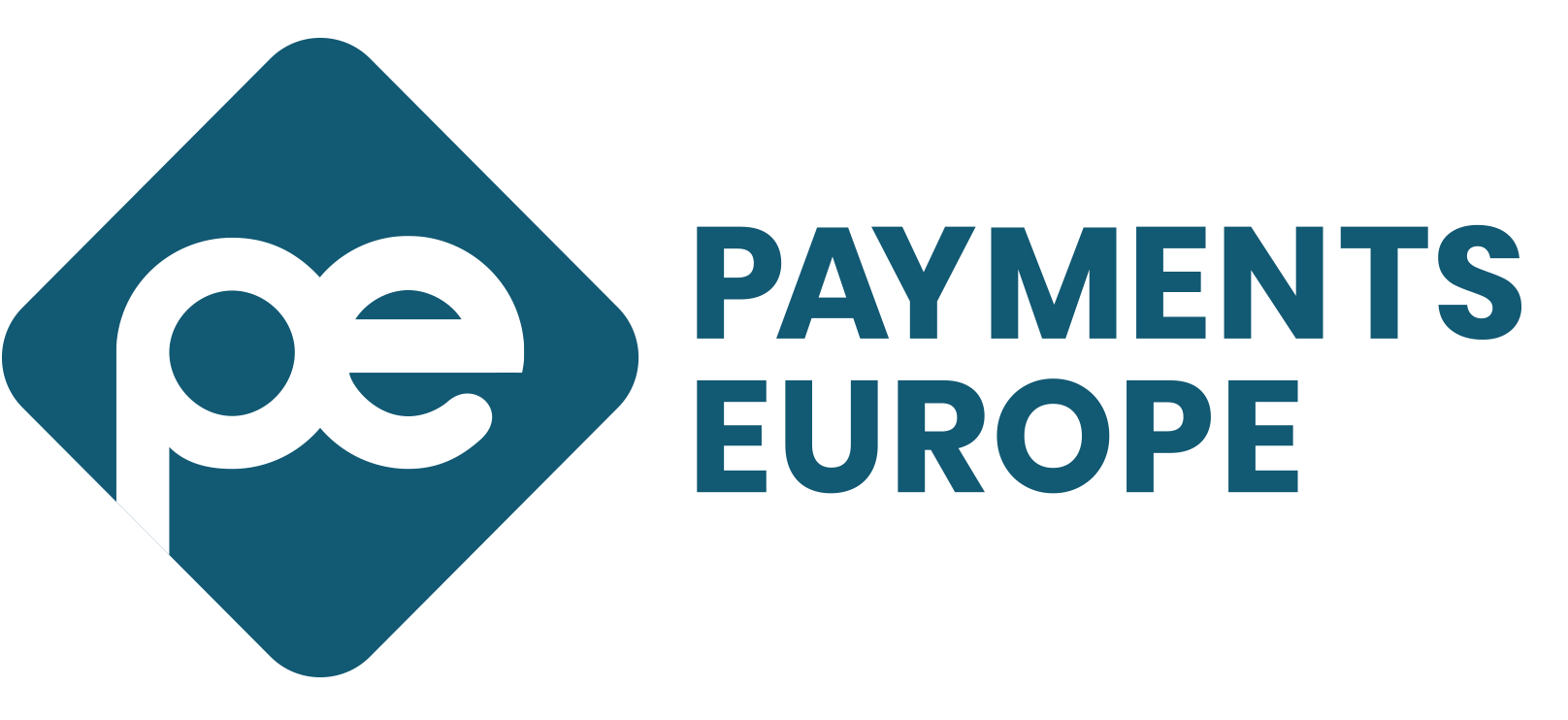Payments Europe welcomes the opportunity to provide feedback to the German Ministry of Finance in relation to the Interchange Fee Regulation (IFR). In our paper below we have outlined our main comments and we remain at your disposal for any further discussion or questions.
KEY TAKEAWAYS
- Payments Europe welcomes the European Commission’s conclusion that a review of the IFR is not necessary at this stage. This is in line with our own assessment that the full and isolated effects of the IFR cannot be wholly understood yet, in particular in the context of the continuous change the payments market is undergoing.
- We also welcome the conclusion that retailers are paying less for card acceptance than they did before the entry in to force of the IFR. Our assessment is however that while the IFR has contributed to lower acceptance costs, it is not the only explanation as to why retailers are currently paying very low fees for card acceptance in Europe.
- In relation to commercial cards, we are happy that the European Commission concludes that there has been no substitution of consumer cards by commercial cards. This is very much in line with what our members are seeing in the market and it is important to note that commercial cards serve a specific segment of the market and as such have a different value proposition compared to consumer cards.
- We have taken note of the conclusions in relation to the acquiring market and fees not covered by the interchange fee caps. It is our opinion that the acquiring market is working well in Europe and that innovation in acquirer service delivery models, such as mPOS solutions, will further lower the cost of acceptance of small merchants. In relation to other fees, it is important to again note that European retailers pay the lowest card acceptance fees anywhere in the world. Fees in addition to interchange contribute to a safe and efficient payments system and a fraction of the overall (already low) cost of acceptance.
- Finally, we observe that the IFR could be better enforced with respect to consumer choice of a domestic or an international scheme, in the case of co-badged card, at the Point of Sale or online. Lack of consumer choice restricts rather than enables competition.
A review of the IFR is not warranted at this stage
The European payments landscape is vibrant and competitive, with a multitude of providers of payment services and a wide range of different payment solutions. The type of payment solutions most favoured by consumers and retailers differs across Member States. In Germany, cash is still dominating the “brick and mortar” payments market in terms of number of transactions (1) whereas invoice-based payments and e-wallets such as PayPal lead in the online space (2), demonstrating a high level of competition between payment methods across different channels. Since the introduction of the IFR in Europe, there are more card payments and more electronic payments overall, showcasing that the market has moved in the direction envisaged by the European Commission. At the same time, the payments markets continue to evolve, and it is difficult to, at this stage, isolate the effect of the IFR alone on the competitive landscape. This view is shared by the European Commission who notes that the full effects of the IFR will need more time to materialise on the account of its limited application period3. It is worth noting that last year, several European banks have come together to create a European card and instant payment scheme (the European Payments Initative – EPI) which is a further testament to the competitive and open nature of the European payments market.
European retailers are paying very low fees for card acceptance
Several studies indicate that card acceptance cost has decreased in recent years (4) (5) (6). This is also the conclusion of the European Commission. One of the potential reasons behind this could indeed be the decrease in interchange fee levels brought about by the IFR. However, there are other factors which have impacted, and will continue to impact card acceptance costs. For smaller retailers, fees set on a per transaction basis (such as interchange) are less impactful than other costs for the overall cost of acceptance. The underlying reason for this is that payments in general are characterized by economies of scale. Therefore, the size of the retailer/transaction volume is a key driver of acquiring pricing, which is why the larger retailers have benefited the most from interchange fee capping. Acquirers are also likely to set merchant pricing based on several other carefully calibrated factors, including merchant risk, complexity of integration and other value-added services provided. The acquiring market is changing at a fast pace and innovation and competition has increased and is continuing to increase. This will be particularly important for smaller retailers who are benefitting from these innovations.
Commercial cards have not replaced consumer cards
The decision to exempt commercial cards from the IFR caps was made primarily because they have a very limited market share and were not reasonably expected to serve as a substitute for consumer cards. The commercial cards market was also deemed to have a different competition dynamic compared to the consumer cards market with more providers – such as a higher market share of three-party card schemes. This is still the case. Looking at the consequences of regulation, the commercial cards market share did not grow as a result of the IFR (7) (8), which suggests that safeguards to prevent circumvention are working well.
The acquiring market and fees not covered by the interchange caps
In its report, the European Commission notes that the acquiring market could be subject to further investigation, in particular in relation to measuring future passing-on of interchange fee savings to retailers. In addition, the European Commission notes that other fees, which are not in the scope of the IFR (such as card network fees and acquiring margins) should be monitored. Payments Europe welcomes that the European Commission puts a continued emphasis on issues related to the 4-party card scheme model but would also caution against further intervention in the market. In line with this, we also note that innovations that intensify competition in acquiring – such as the rise of mPOS acceptance solutions for cards as well as increased competition in the provision of online payment services – have the potential to significantly bring down the cost of acceptance for small merchants without any need for regulatory intervention.
Consumers should have an effective choice of payment brand at Point of Sale and online
Finally, we believe the IFR can be enforced better with respect to consumer choice of a domestic or an international scheme – in the case of co-badged card – at Point of Sale or online. A logical corollary of the obligation to allow co-badging on the issuing side, is to ensure effective choice to cardholders on the acceptance side. The current lack of effective consumer choice in several European markets, as for example confirmed for France by the DGCCRF during the DG COMP conference on 7 December, has the effect of depriving European consumers from benefits such as chargebacks, loyalty programs, and additional payment functionalities such as instalments that are only offered by international schemes, and therefore reduces effective competition. More broadly, we believe consumers need choice and the ability to express their choice between payment methods to serve different needs.
Footnotes:
(1) “The costs of payment methods in the retail sector”, Deutsche Bundesbank, June 2019. Available at: https://www.bundesbank.de/resource/blob/800766/0462923c3587a2d98f2c2db5b71047ae/mL/2019-06-kosten-zahlungsmittel-data.pdf
(2) “Online payment 2019”, EHI
(3) “Report on the application of Regulation (EU) 2015/751 on interchange fees for card-based payment transactions”, European Commission, June 2020. Available at: https://ec.europa.eu/competition/sectors/financial_services/IFR_report_card_payment.pdf
(4) “The impact of the interchange fee regulation on merchants: evidence from Italy”, Banca d’Italia, June 2018. Available at: https://www.bancaditalia.it/pubblicazioni/qef/2018-0434/index.html?com.dotmarketing.htmlpage.language=1
(5) “Study on the application of the Interchange Fee Regulation”, EY & Copenhagen Economics, March 2020. Available at: https://ec.europa.eu/competition/publications/reports/kd0120161enn.pdf
(6) “The functioning of the electronic payment market in Belgium”, Belgian Institute for National Accounts, May 2019. Available at: https://economie.fgov.be/nl/publicaties/de-werking-van-de-markt-van-de
(7) “Interchange Fee Regulation (IFR) Impact Assessment Study Report”, Edgar, Dunn & Company (EDC), January 2020. Available at: https://edgardunn.com/2020/01/interchange-fee-regulation-impact-assessment-study-report/
(8) “Report on the application of Regulation (EU) 2015/751 on interchange fees for cardbased payment transactions”, European Commission, June 2020. Available at: https://ec.europa.eu/competition/sectors/financial_services/IFR_report_card_payment.pdf

